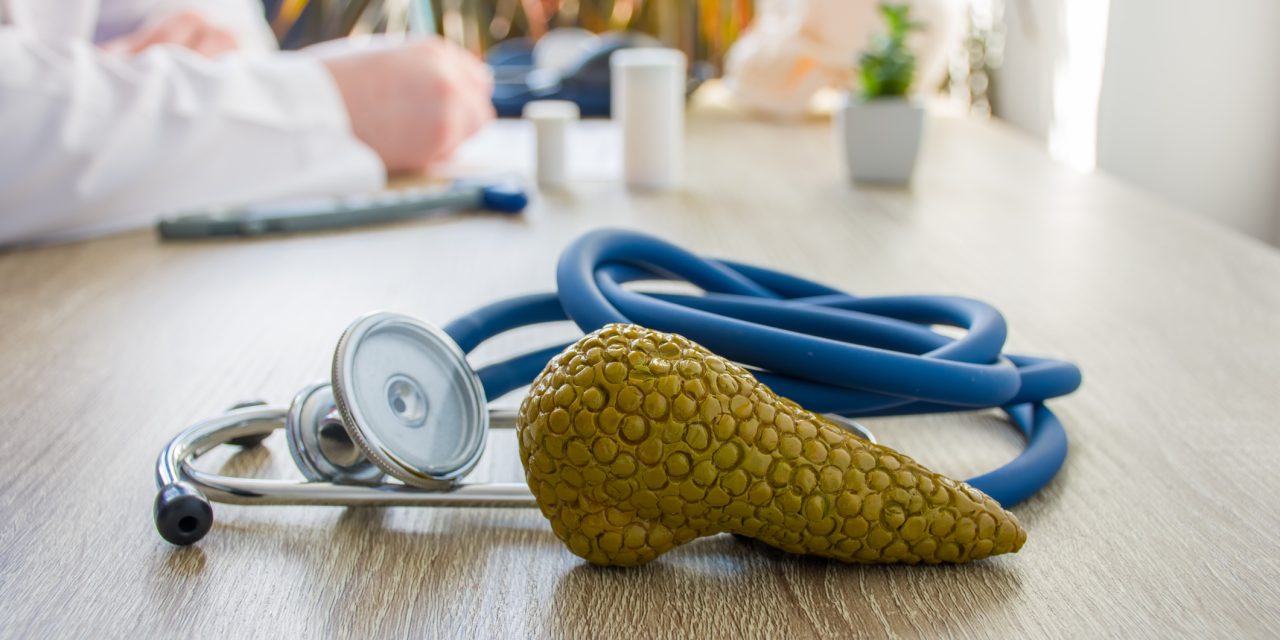Calorie restriction (CR) (25-40%) is the most commonly studied strategy for curtailing age-related disease and has also been found to extend reproductive lifespan in female mice. However, the effects of mild CR (10%), which is sustainable, on ovarian aging has not yet been addressed. 17α-estradiol (17α-E2) is another intervention shown to positively modulate healthspan and lifespan in mice but its effects on female reproduction remain unclear. We evaluated the effects of mild CR (10%) and 17α-E2 treatment on ovarian reserve and female fertility over a 24-week period, and compared these effects with the more commonly employed 30% CR regimen. Both 10% and 30% CR elicited positive effects on the preservation of ovarian reserve, whereas 17α-E2 did not alter parameters associated with ovarian function. Following refeeding, both 10% and 30% increased fertility as evidenced by greater pregnancy rates. In aligned with the ovarian reserve data, 17α-E2 also failed to improve fertility. Collectively, these data indicate that 10% CR is effective in preserving ovarian function and fertility, while 17α-E2 does not appear to have therapeutic potential for delaying ovarian aging.Copyright © 2021. Published by Elsevier Inc.
Mild calorie restriction, but not 17α-estradiol, extends ovarian reserve and fertility in female mice.


